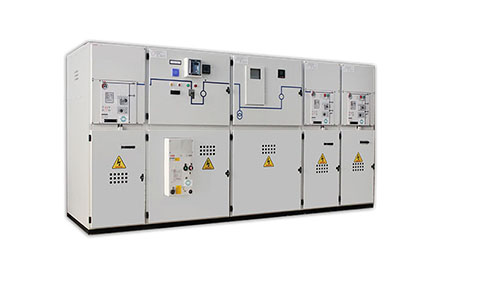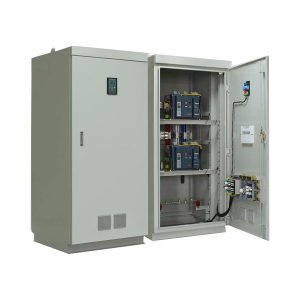Description
– Capacitor cabinets are used for electrical systems using high-sensitive loads, using contactors to change the number of capacitor banks in operation, this change process can be controlled by automatic mode. motion or manual. Currently, capacitor banks usually use two types of capacitor banks, oil capacitors and dry capacitors. Capacitors are divided into several types of different capacities, common from 5 ÷ 50 kVAr. In addition to the main component is a capacitor, the capacitor box can also be fitted with harmonic filter inductor to increase the stability of the electrical system and protect the capacitor. The harmonic filter inductors are manufactured in accordance with the harmonic properties of the electrical network including 6%, 7% and 14% reactors.
– When operating in automatic mode, the central controller of the cabinet will automatically identify the amount of power to be compensated to bring the switching signal of capacitor banks into the grid system, with about 4 ÷ 14 levels. , each level will pair with 01 Contactor switch.
– The principle of operation of a capacitor bank is to measure the phase difference between voltage and current if it is smaller than the set value (usually 0.95) to automatically switch capacitor until it reaches the required value. and keep the power factor around the set value. Capacitor cabinets can be installed indoors or outdoors, can work in combination with MSB total distribution cabinets or be installed independently. The capacitor controller is programmed intelligently to optimize the capacitor bank switching process to suit the specific needs of the application. There are methods and methods of compensation such as: ground compensation, dynamic compensation, focus compensation, group compensation, individual compensation …
Application
Reactive power compensation capacitor cabinets are used in low voltage networks, applied to electrical systems using highly sensitive loads as components that cause reactive power. Often installed in technical rooms or in transformer station areas of industrial and civil constructions such as factories, industrial workshops, commercial centers, office buildings, apartments, hospitals, ..





